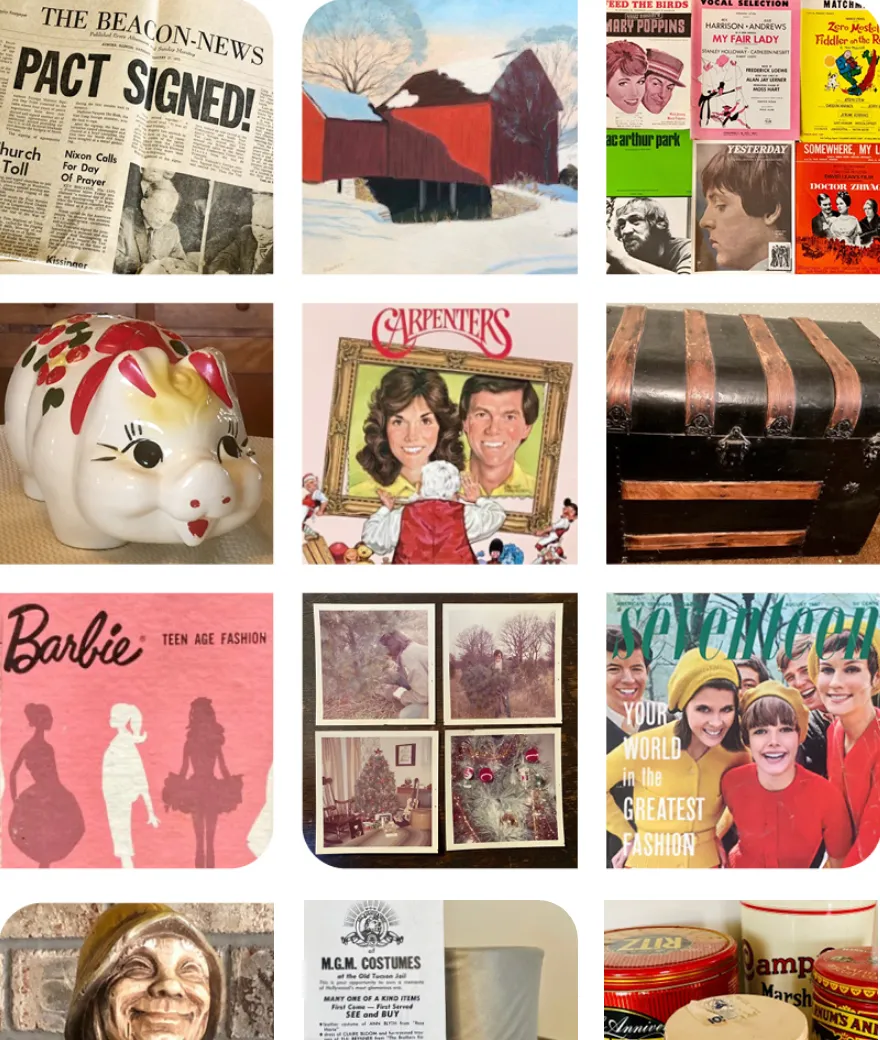Have you heard of aspirational clutter? It’s the stuff you buy, collect, or otherwise hold onto with intention of some future use. Or maybe it's for some future version of you and the life you plan to lead.
Aspirational clutter can exist anywhere and everywhere in your home. Take the kitchen, for example. How many cookbooks, special pans, unique spices, and gorgeous serving vessels do you keep with the intention of expanding your cooking repertoire and hosting more events in your home?
For others, many many others, the bedroom closet is an absolute magnet for aspirational clutter. For this reason, you even commonly find references to this sort of ‘stuff’ in popular books. For example, the NYC-dwelling lead character in best-selling author Jodi Picoult’s book, Wish You Were Here, lamented her inability to let go of her shoebox full of art supplies when she pivoted to a career in art sales with Sotheby’s. But it was not only art supplies.
“The shoebox came with me, still unopened. I set it on the highest shelf of my closet, behind sweatshirts from college I no longer wore but couldn’t bear to donate to Goodwill, and the winter hiking boots I bought but never used, […]”
(By the way, Artifcts is a perfect digital shoebox for the valuable and sentimental items you collect alike.)
Here are more examples of aspirational clutter that find cozy homes in our closets:
-
-
- Clothing that ties us to a special moment in our own story or we’ve outgrown or matured beyond, but we tell ourselves maybe one day we could wear again.
- Accessories, like gorgeous silk ties and cufflinks, clutches and stilettos, and more for fancy events that we never attend.
- Everything for the wrong climate. If you live somewhere in which winter’s scarcely a month long and snow is a once in a lifetime event, how many sweaters, sweatshirts, mittens, snow boots and spare down comforters do you actually want to make room for? You may dream of vacations or a return to cold living, but is storing this all for years if not decades practical?
- Kits and crafts, maybe you bought them, maybe they were gifts, but you’ve never picked it up or kept it up. Maybe it’s time to let go in favor of a hobby that is you?
-
Closet Tales from Texas & Wisconsin
Our co-founder Ellen who lives in the heart of Texas recently emptied every single thing that belonged to her from her master bedroom closet. Her goal was simple: LESS. She reported that she felt depressed by the end by what she saw as so many aspirations unmet as well as waste, articles of clothing barely or never worn, “Because I just never felt good in it or never had the right occasion for it. It's no different than buying framed art for a wall or a pillow for a couch because you love them and then you realize, you really have no space for it.”
As depressing as it was, there were nice moments, too. Ellen saw in her items so many lives she’s lived.
“I literally found a maternity shirt I wore when I was pregnant with my daughter 14 years ago. Ha! I also realized I still owned the suit jacket I wore to my first interview at the CIA nearly 20 years ago. I really thought I had already gotten rid of it.”
When we asked what one tip she has for anyone undertaking a rightsizing of the contents of their closet, she said it was important not to let yourself off the hook. “I was smart to lay it all out on and around our bed because it put a clock on my work. We couldn’t sleep if I didn’t get through it.” Her sorted piles ended up looking like this:
-
-
- Sell
- Donate, “But first you can bet that I Artifcted that suitcoat from my CIA interview!”
- Wash and/or repair (and then keep)
- Keep
- Trash
- Give to my daughter/neighbor/friend
- Recycle, “Especially all those hangers! I was able to return some to my local dry cleaners and the rest to Goodwill. I also marked a bag ‘Textiles for recycling,’ that could not be sold and gave that to Goodwill, too.”
-
More than 1,000 miles away from Texas, tucked in their new home away from home in chilly Wisconsin, a member of the Arti Community undertook a similar closet downsizing effort recently. But her efforts were precipitated by a change in career and a move from DC to Wisconsin.
Her biggest challenge? What to do with all those formal work clothes! They still fit, that was not the issue, but would she need them now? Suits, heels, and designer handbags, oh my! They meant enough to her to make the move, but now that she was staring at the ever-shrinking space in her new closet, did they warrant the space?
Her silver bullet was unexpected: her husband! Weeks of hemming and hawing, combined with a healthy dose of “do-you-really-plan-to-wear-that-up-here" questions from her husband helped her decide to sell the pieces that were sellable (thank you, The RealReal!) and donate the rest, but not before she Artifcted them. She now has the memories of the clothes, and what they meant to her, safely stored in Artifcts, AND a lot more closet space for all those cold weather necessities.
Before we conclude this ARTIcles edition, we want to know, what items are the tough stuff in your home, the hardest to let go? Please let us know at Editor@Artifcts.com. We'll update you next week on the results!

Happy Artifcting!
###
© 2025 Artifcts, Inc. All Rights Reserved.































